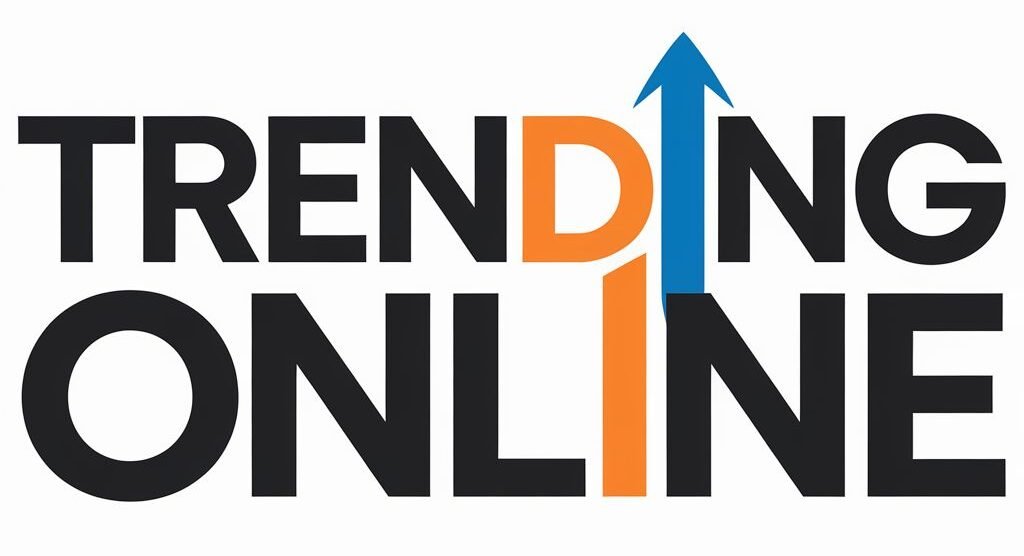Solar Power in SA: Understanding the confusion, costs, and compliance for homeowners
As more South Africans turn to solar panels to avoid electricity woes, many homeowners find themselves having to navigate complicated regulations, registration demands, and rising costs.
Like financial independence, the promise of energy independence is appealing and a dream for many, but the reality involves compliance, financial implications, and differing rules from Eskom and local municipalities.
We break down what all of it entails.
How does registration work?
Both the national power utility Eskom and municipal distributors like Johannesburg’s City Power require the registration of small-scale embedded generation (SSEG) systems, such as rooftop solar photovoltaic (PV) installations.
City Power’s approach is actively registering these systems, and their meter readers are noting the presence of solar panels during standard meter audits.
While registration is not yet being enforced, customers are urged to do so voluntarily to comply with National Energy Regulator of SA (Nersa) regulations. The utility is developing methods to identify unregistered systems in the future. This may include the possible use of satellite and drone-based detection.
City Power emphasises that even small systems can pose risks like backfeeding, phase imbalances, or grid disturbances if not properly registered and integrated into the network.
Now let’s take a look at Eskom’s campaign. Eskom launched a campaign in April 2025 to help residential owners in Eskom-supplied areas register their systems.
For installations up to 50kVA (which covers most residential PV systems), Eskom has waived registration fees, installation costs, and the expense of a smart bi-directional meter until March 2026. This exemption could save households up to R9,132.
Registered customers will be converted to the Homeflex tariff, allowing them to benefit from credits for exporting surplus energy to the grid.
It’s important to note that if your solar system is completely off-grid and has no connection to Eskom’s network, you are not required to register.
What are the challenges?
Despite Eskom’s efforts to simplify registration, organisations like the Organisation Undoing Tax Abuse (Outa) and AfriForum have challenged the legal basis of Eskom’s registration requirements.
AfriForum argued that Eskom cannot “threaten or force people to register their systems through statutory requirements, nor fine them”. They also express concern that Eskom might be seeking data for future solar tariffs.
Eskom’s requirement for a registered electrical engineer or technologist to sign off on the system’s safe integration has caused controversy. AfriForum contends that this is not a prescribed Nersa requirement and that the enforceable National Rational Standards primarily call for an accredited technician to sign off. This requirement, they warn, could create a big bottleneck in registrations due to a limited number of available electrical engineers across the country.
The process for City Power customers requires submitting documentation, including a certificate of compliance, a single-line diagram, and an electricity supply application form. Once this has been approved, a smart bi-directional meter may be installed to track both consumption and feedback.
Breaking down the costs
In conjunction with registration and other expenses that may arise, solar power users connected to the grid are facing significantly higher electricity bills due to Eskom’s new retail tariff plan (RTP), implemented on April 1, 2025.
This plan shifts more of Eskom’s cost recovery to fixed components, such as capacity charges, rather than variable consumption-based charges.
For Eskom’s most common residential tariff plans (Homepower 4 and Homeflex 4), the fixed charge increased by 88%, from R192.90 to R362.70, which customers pay before consuming any electricity. This change means that even households generating a large portion of their own electricity from solar are paying substantially more.
For example, a small household using 450kWh per month but only drawing 90kWh from the grid could see its utility bill increase by over 51%. Large households are experiencing increases of over 36%.
Eskom argues these fixed fees ensure all users contribute equally to grid maintenance.
The impact of these fixed charges varies significantly by municipality. For instance, a household in City of Tshwane with the same entry-level solar system would pay less than half of what an Eskom Direct customer pays for the same amount of grid electricity. While some major municipalities have increased fixed charges, none have done so as drastically as Eskom.
Adding to the confusion is the fact that each of South Africa’s 177 municipalities that sell power has its own unique rules for connecting solar systems. The cost of compliance also varies. For Eskom, potential costs can include an administration fee (R2,500), meter change (R6,000 upwards), and, if required, R4,500 for line diagrams and engineer sign-off.
IOL

